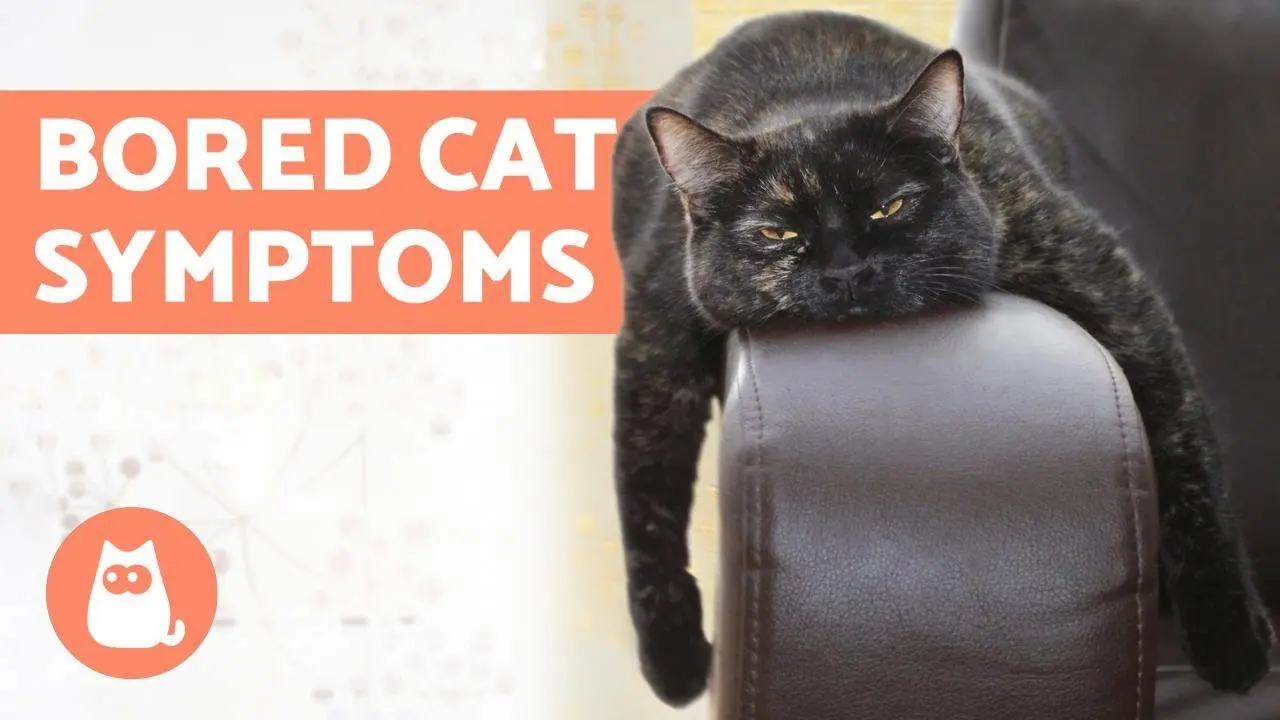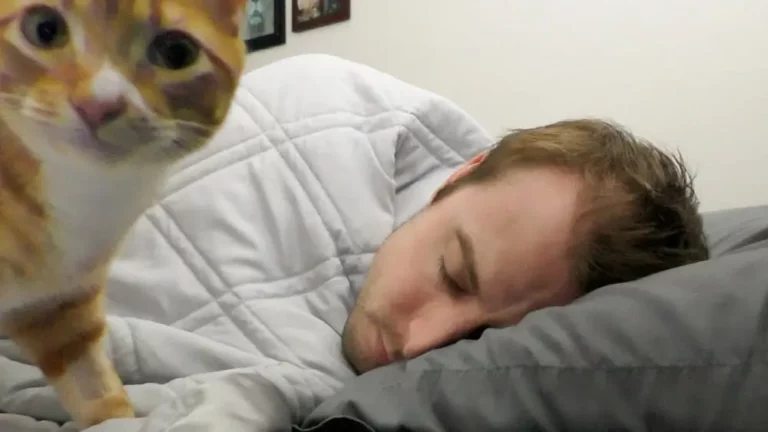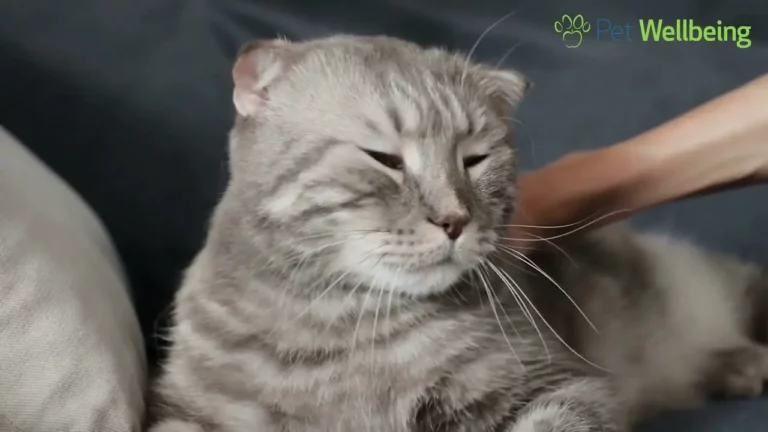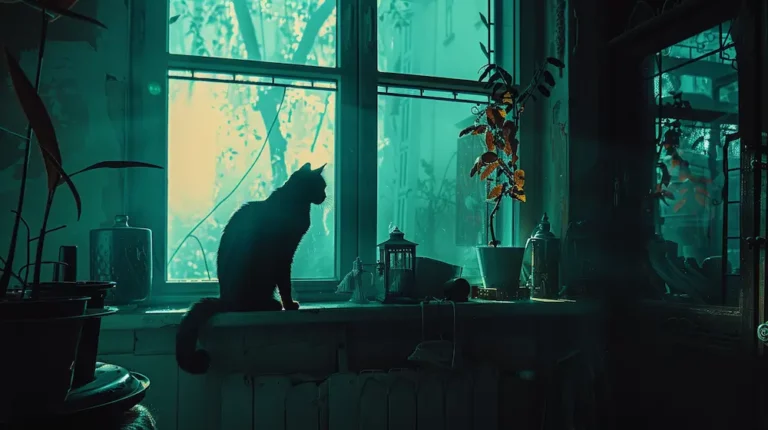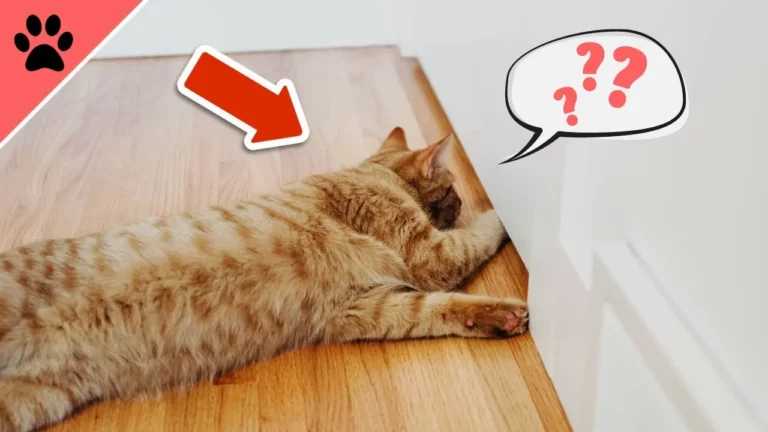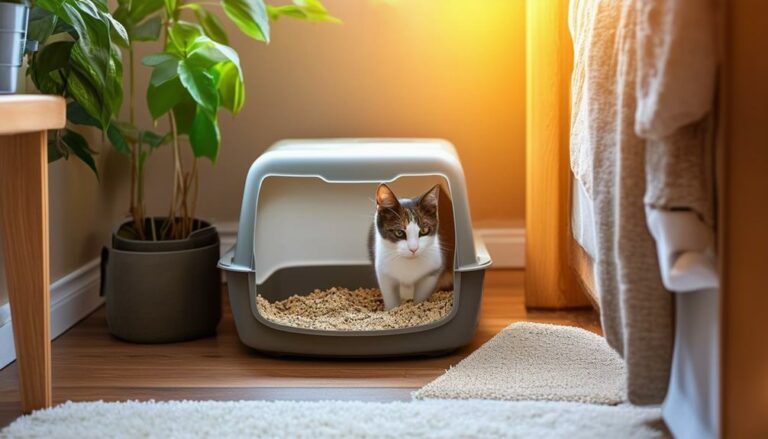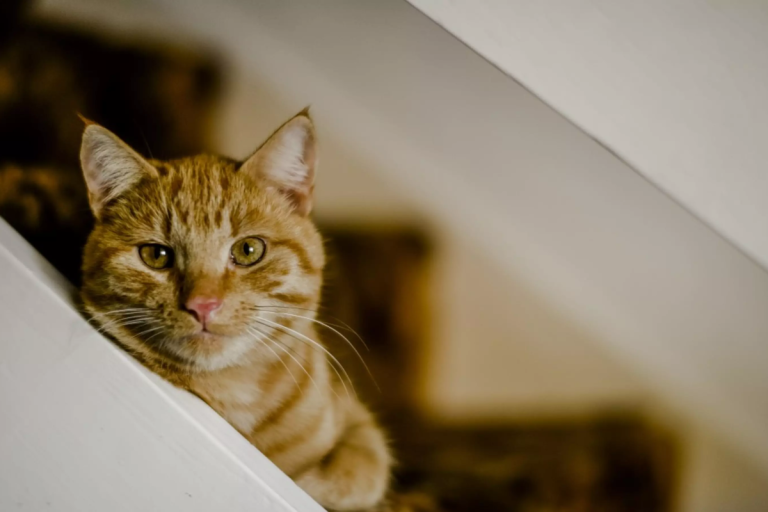Is My Cat Bored? Here’s What Animal Boredom Actually Looks Like
Ever catch your
I’ve been there, wondering if my
What Is Boredom in Animals?
Boredom in animals isn’t much different from humans.
It’s the result of a lack of mental and physical stimulation.
When cats don’t get enough interaction or activities to engage their curious minds, they become restless and even develop behavioral issues.
In my practice, I’ve encountered numerous cases where pet owners feared something was medically wrong, only to find out their
Signs of Boredom in Cats
Identifying boredom in cats can be tricky since they’re experts at hiding discomfort.
But, certain signs are common among bored felines:
- Excessive Grooming: If your
cat spends more time grooming itself than usual, it might be trying to fill its time. - Destructive Behavior: Scratching furniture or knocking over items can indicate a need for more engagement.
- Overeating: A bored
cat might turn to food as a form of entertainment. - Increased Vocalization: Meowing more often than normal can be a cry for attention or stimulation.
- Lethargy: While cats love to nap, an unusually lethargic kitty could be under-stimulated.
I’ve seen firsthand how these behaviors often mislead pet owners into thinking there’s a health issue when it’s just boredom.
Practical Tips to Combat Cat Boredom
From my experience working with pet owners, here are some practical ways to keep your
- Interactive Toys: Toys that move or make noise can captivate a
cat ’s attention for longer periods. - Puzzle Feeders: These feeders not only provide nourishment but also stimulate your
cat ‘s problem-solving skills. - Playtime Schedule: Regular interactive play sessions help burn off energy and keep your
cat engaged. - Environmental Enrichment: Simple changes like adding climbing trees or window perches can offer new perspectives and reduce boredom.
Is My Cat Bored? Identifying the Signs
Is your
Lack of Activity or Interest
If your
Cats typically enjoy playful antics like chasing laser pointers and pouncing on feathered wands.
When these activities no longer excite them, it’s a red flag.
You might notice your
Changes in Eating and Sleeping Patterns
Changes in eating habits can also signal boredom.
Overeating might stem from having nothing else to do, while under-eating could indicate depression due to lack of stimulation.
Watch for unusual weight gain or loss; both can hint at underlying issues.
Similarly, if your
Cats sleep a lot anyway—around 12-16 hours per day—but sudden increases in sleep duration mean they’re probably trying to pass time out of sheer boredom rather than actual fatigue.
Also, restless nights where they meow more could be due to pent-up energy.
Understanding these signs helps keep our cats happy and healthy.
Ways to Combat Feline Boredom
So, you’ve noticed your
Maybe it’s staring out the window for hours or grooming itself obsessively. It happens!
But don’t worry. Here’s how you can keep your
Interactive Toys and Regular Playtime
Interactive toys are a game-changer.
Trust me, I’ve seen countless cats perk up when presented with something new to bat around.
Laser pointers, feather wands, and puzzle feeders are fantastic options.
They engage a
Make playtime a part of your daily routine.
Aim for at least 15 minutes twice a day. It’s not just fun for them—it’s bonding time for both of you.
If you’re busy, automated toys that move on their own can also be effective, though nothing replaces direct interaction.
Environmental Enrichment
Now let’s talk about their environment. Cats love high places and cozy nooks.
Think about setting up some vertical space like
Window perches with views of the outside world offer endless entertainment too.
Don’t forget to rotate their toys regularly to keep things fresh—cats get bored with the same old stuff just like we do.
And adding scratching posts or cardboard boxes around the house provides both physical activity and mental engagement.
The Importance of Mental Stimulation for Cats
Cats aren’t just fluffy couch potatoes; they need mental stimulation too.
Without it, they can get bored, which might lead to behavioral issues.
Benefits of Keeping Your Cat Engaged
Engaging your
They stay more active and fit, reducing the likelihood of obesity-related health problems.
I’ve noticed that cats who play regularly tend to be less destructive since their energy’s funneled into positive activities.
Plus, engaging a
Preventing Behavioral Issues
Boredom in cats often leads to unwanted behaviors.
Ever had a
Those are common signs.
When cats don’t have enough mental stimulation, they look for other ways to entertain themselves—usually not how you’d like them to!
Interactive toys, puzzle feeders, and regular play sessions can make a huge difference.
Encouraging Natural Instincts
Cats are natural hunters.
They enjoy stalking, pouncing, and chasing.
By providing toys that mimic prey or setting up small challenges around the house, you cater to these instincts.
This keeps them happy and fulfilled. For example, hide treats around the house or use food-dispensing balls during meal times so your
Building Stronger Bonds
Spending time playing with your
It’s incredible how much closer you feel after a good play session.
I’ve seen many pet owners deepen their relationships with their pets through simple games and interactions.
Plus, it’s fun! A feather wand or laser pointer can provide endless entertainment for both you and your
Enhancing Physical Health
Mental stimulation isn’t just about keeping their brains sharp; it’s intertwined with physical activity too.
When a
Active play reduces obesity risks significantly.
Reducing Stress Levels
Just like humans, cats experience stress.
Changes in environment or routine can unsettle them.
Engaging activities help reduce anxiety by providing an outlet for pent-up energy and frustration.
I’ve found that interactive play relieves stress more effectively than solitary activities because it mimics social interaction.
Incorporating these practices into daily routines ensures that cats remain mentally stimulated and physically active while preventing boredom-induced behavior issues.
Maintaining this balance is crucial for a happy catcompanion.
Conclusion
It’s clear that keeping our cats engaged and happy takes more than just food and a cozy bed.
Recognizing the signs of boredom and understanding their need for mental stimulation can make a world of difference in their well-being.
By incorporating interactive toys regular play sessions and puzzle feeders into their daily routine we’re not only preventing behavioral issues but also fostering stronger bonds with our pets.
Let’s make sure our cats aren’t just living in our homes but truly thriving in them too!
